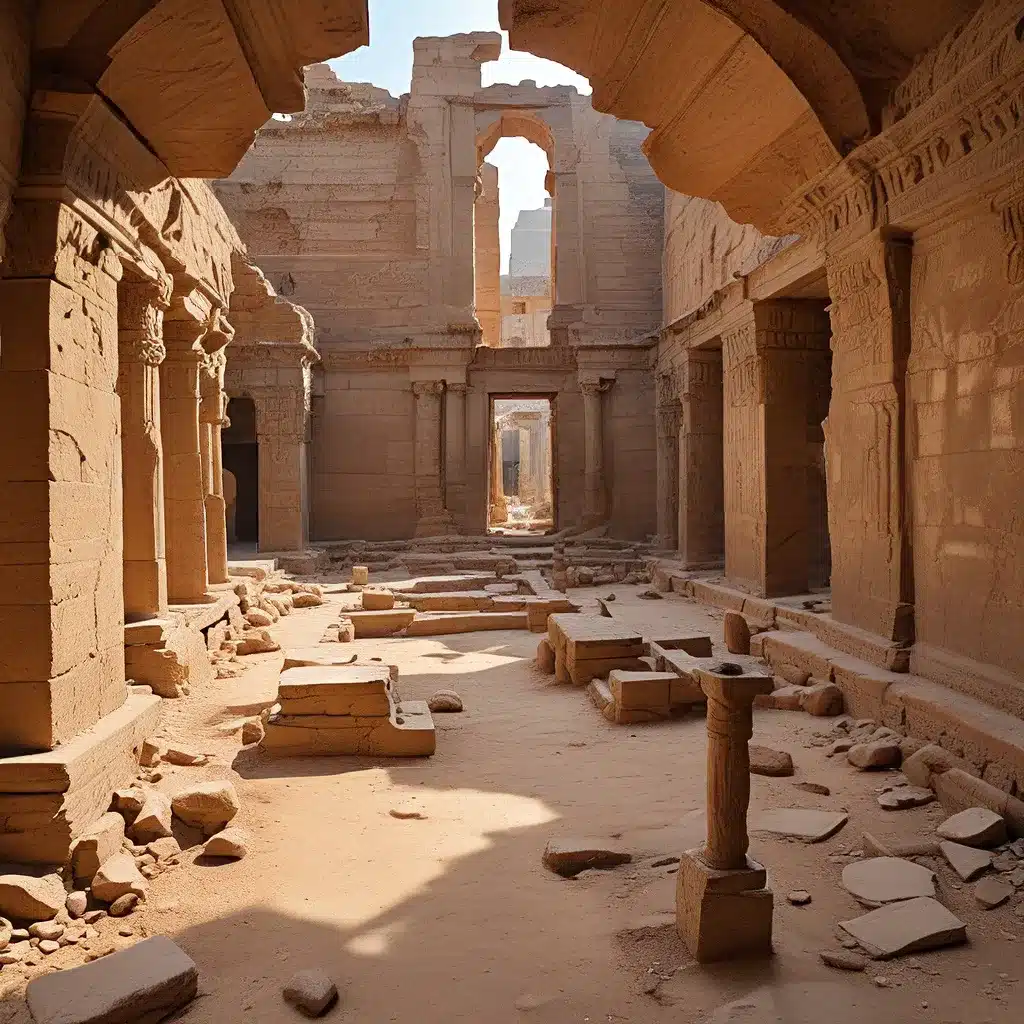
Uncovering the Mysteries of Ancient Civilizations
Throughout history, ancient civilizations have captivated our imaginations with their remarkable architectural feats, intricate artistic expressions, and innovative engineering marvels. Archaeologists and historians have dedicated countless hours to unearthing the secrets of these lost worlds, unlocking the stories of our collective past. By delving into the rich tapestry of cultural heritage, we not only gain a deeper understanding of our ancestors’ ingenuity but also uncover valuable insights that can inspire and shape our modern world.
One of the most remarkable aspects of ancient civilizations is their ability to push the boundaries of engineering and design. From the towering grandeur of the Giza Pyramids to the intricate Angkor Wat temple complex, these structures stand as testaments to the creativity and problem-solving skills of our ancestors. By studying the construction techniques, materials, and underlying principles employed in these architectural wonders, modern engineers and designers can draw inspiration and gain a deeper appreciation for the innovative spirit that guided the hands of our forefathers.
Ancient stone artifacts, such as cave drawings, petroglyphs, and stone carvings, provide us with a unique window into the artistic expression and cultural beliefs of bygone eras. These objects not only captivate us with their remarkable craftsmanship but also serve as a powerful tool for fostering creativity and critical thinking in modern education.
Harnessing the Power of Ancient Innovations
As we delve deeper into the archaeological record, we uncover a treasure trove of innovative engineering solutions that continue to inspire and challenge our modern understanding of technology and design. From the intricate hydraulic systems of the Mayan civilization to the advanced astronomical knowledge of the Inca, these ancient feats of engineering serve as a testament to the ingenuity and problem-solving abilities of our ancestors.
Architects, often seen as modern-day storytellers, have long drawn inspiration from the rich architectural heritage of ancient civilizations. By studying the engineering principles and design aesthetics of these historical structures, architects can not only preserve the cultural legacy of the past but also innovate and incorporate these timeless concepts into contemporary buildings and structures.
One particularly fascinating example of this symbiotic relationship between ancient and modern engineering can be seen in the archaeological excavations of the ancient Roman city of Pompeii. Archaeologists and architects have worked hand-in-hand to uncover the innovative plumbing and drainage systems used by the Pompeiians, which included a complex network of underground aqueducts and sewers. These findings have not only provided valuable insights into the engineering prowess of the ancient Romans but have also inspired modern urban planners and civil engineers to explore more sustainable and resilient infrastructure solutions.
Unlocking the Secrets of the Past
As we continue to unearth the physical remnants of ancient civilizations, we are presented with an unprecedented opportunity to decipher the mysteries of the past and uncover the innovative spirit that drove our ancestors’ achievements. Through the application of advanced technologies, such as digital reconstruction and virtual reality, archaeologists and historians can now immerse themselves in the virtual worlds of these lost cultures, gaining a more comprehensive understanding of their architectural, engineering, and artistic accomplishments.
BYU engineering students, for example, have collaborated with popular YouTuber Mark Rober to create the world’s smallest Nerf blaster, a feat that required meticulous attention to detail and innovative problem-solving. Similarly, in the realm of humanitarian efforts, BYU students have developed and delivered sustainable prosthetic solutions to patients in Ecuador, demonstrating how the intersection of technology, engineering, and compassion can have a profound impact on the lives of those in need.
As we continue to explore and uncover the hidden secrets of ancient civilizations, we are presented with a unique opportunity to bridge the gap between the past and the present. By harnessing the innovative spirit and creative problem-solving abilities of our ancestors, we can not only preserve our cultural heritage but also inspire new generations of thinkers, designers, and engineers to push the boundaries of what is possible.
Embracing the Legacy of Ancient Innovations
The enduring legacy of ancient civilizations serves as a powerful testament to the ingenuity and creativity of our ancestors. From the awe-inspiring architectural marvels to the intricate artistic expressions, these historical artifacts continue to captivate and inspire people across the globe.
As we explore the rich tapestry of our shared history, we are presented with an opportunity to not only appreciate the achievements of the past but also to draw inspiration from the innovative spirit that guided our forefathers. By integrating the lessons and insights gleaned from ancient civilizations into our modern educational and design practices, we can cultivate a new generation of creative thinkers and problem-solvers who are equipped to tackle the challenges of the 21st century.
As we continue to unearth the mysteries of the past, let us embrace the legacy of ancient innovations and use them as a springboard to push the boundaries of what is possible. By honoring the wisdom and creativity of our ancestors, we can chart a course towards a future that is both grounded in the lessons of the past and inspired by the boundless potential of the present.


